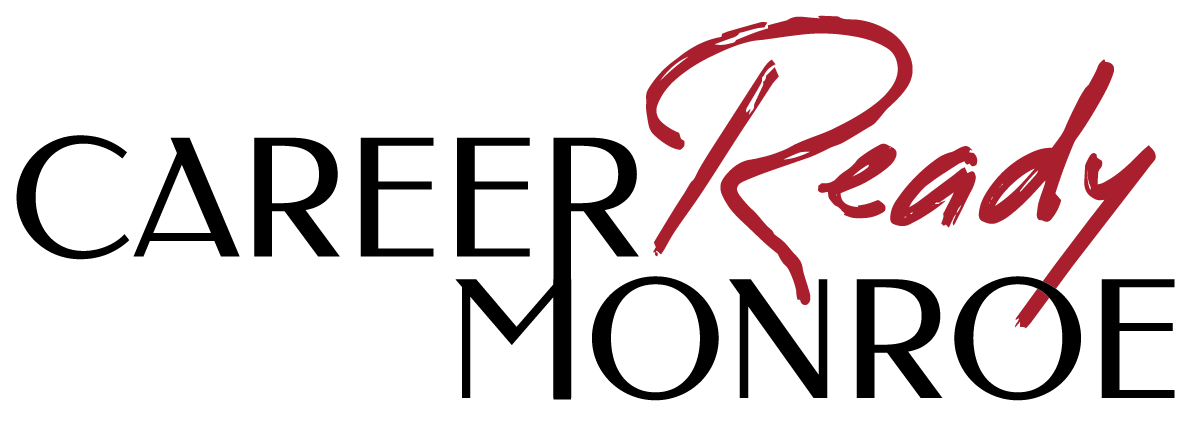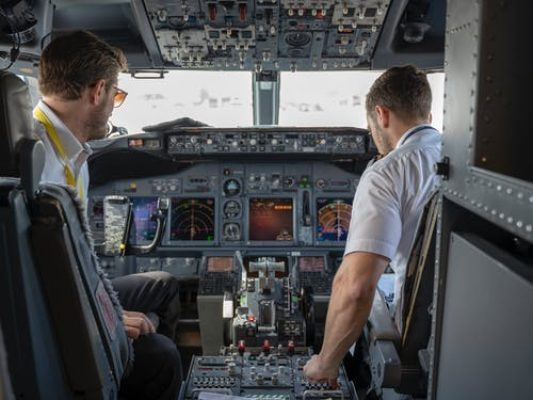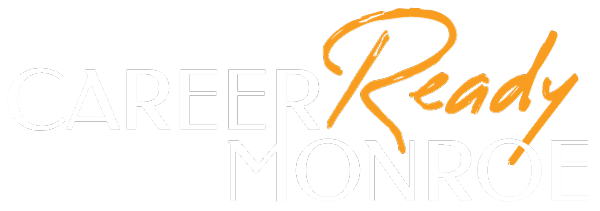Pilots and Flight engineers in major airlines need a bachelors degree, licensing, and many hours spent flying without passengers. The sustained growth of airplane travel will keep these positions as a viable career into the future.
Pilot and navigate the flight of fixed-wing aircraft, usually on scheduled air carrier routes, for the transport of passengers and cargo. Requires Federal Air Transport certificate and rating for specific aircraft type used. Includes regional, national, and international airline pilots and flight instructors of airline pilots.
Flying a plane safely through the sky… with passengers or freight on board… takes more than excellent vision… airline and commercial pilots need quick reaction times and excellent problem-solving abilities. These pilots fly and navigate airplanes, helicopters, and other aircraft. Pilots run through detailed checks before every flight, including checking fuel supplies, aircraft weight limit, cargo balance, weather conditions, and aircraft condition. Tiny cockpits contain the flight crew for the duration of flight; strong teamwork and sharing of flight duties keep the pilot and copilot alert and rested. Pilots communicate frequently with air traffic controllers on the ground, from submitting their flight plan before take-off, to checking in during a flight, and receiving instructions for landing and handling storms or emergencies. Airline pilots fly public, scheduled flights. They may fly long-distance routes, and be away from home for extended periods. Those routes, along with mandatory rest periods between flights, cause pilots to have irregular work schedules. Pilots may be deputized as federal officers and carry firearms to protect the cockpit. Commercial pilots fly charter flights, rescue operations, firefighting missions, crop dusting flights, and take aerial photographs. They often have additional duties that include scheduling flights and aircraft maintenance. Those who fly at low levels must navigate hazards such as power lines. Commercial pilots typically need high school education, while airline pilots generally need a bachelor’s degree, the Airline Transport Pilot certificate, and thousands of hours of flight experience as a commercial or military pilot. All professional pilots must have a commercial pilot’s license from the Federal Aviation Administration. Flight training usually begins at a flight school or with an independent instructor.
For information on more career opportunities check out: https://www.careeronestop.org/Videos/CareerVideos/career-videos.aspx
To see if this career is for you:
https://www.mynextmove.org/profile/summary/53-2012.00
Career One-Stop:
https://www.careeronestop.org/videos/careeronestop-videos.aspx?videocode=53201100
YouTube videos:


